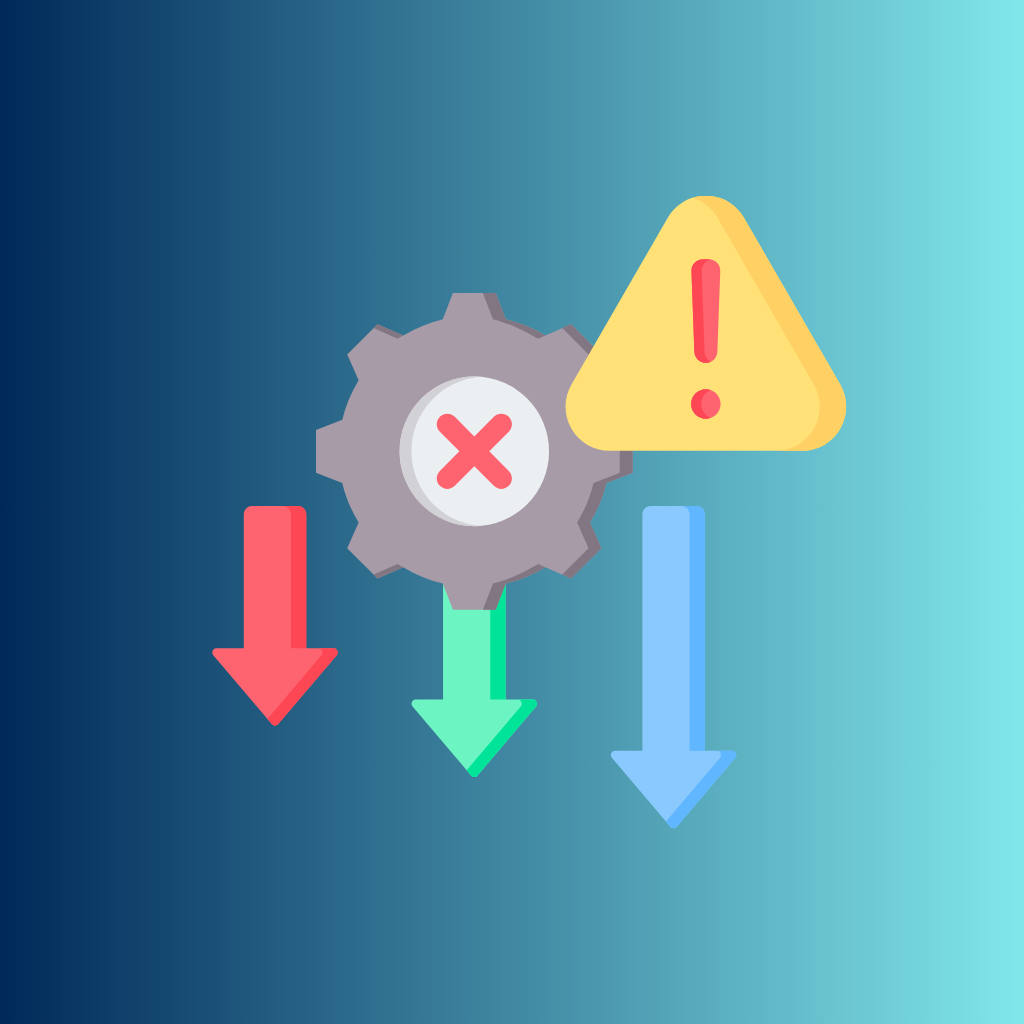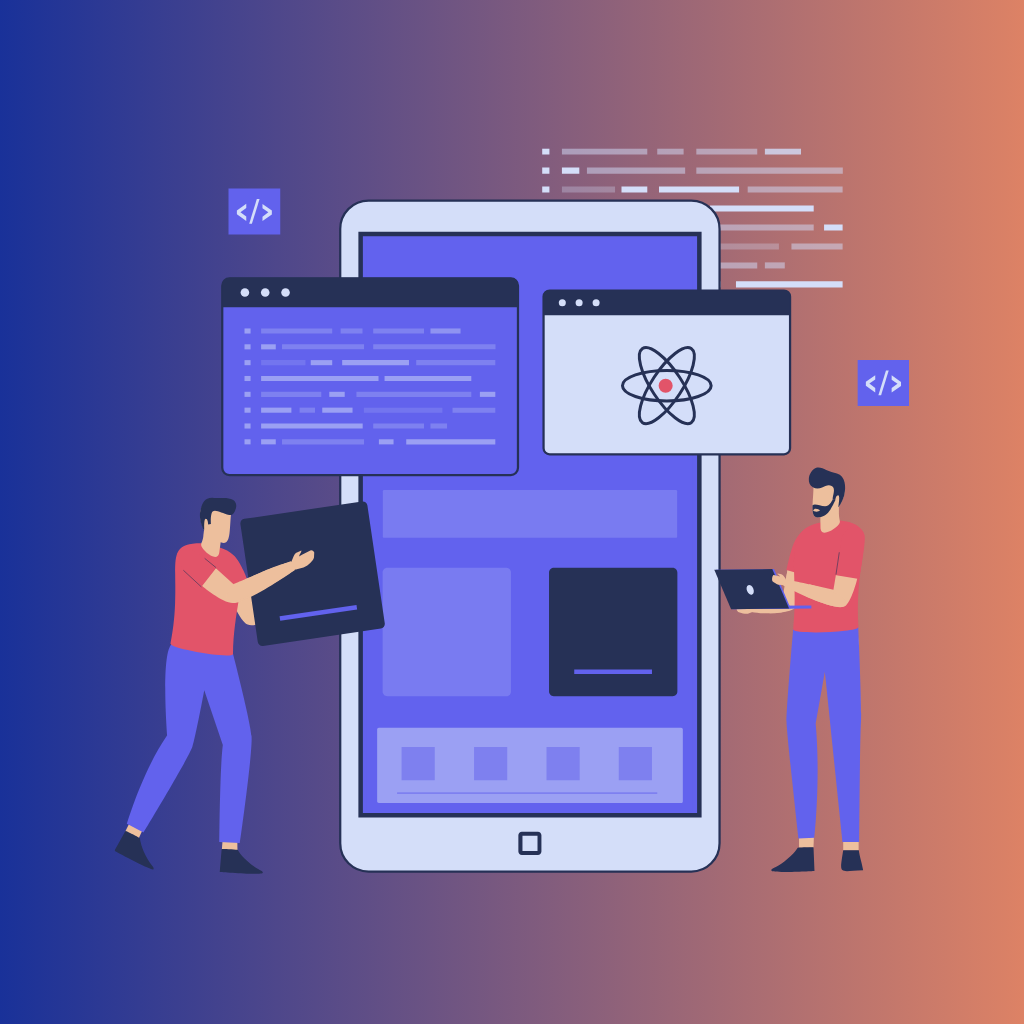Venturing into the realm of app development and launch is akin to setting sail in uncharted waters—exciting yet fraught with uncertainties. In this digital age, where the app market burgeons with new entrants daily, carving out a niche for your application is not just about innovative ideas but also about astute risk management. The introduction of an app into the market is a critical phase, laden with potential pitfalls and opportunities. This blog post aims to demystify the process of reducing risks when launching a new application, offering a guiding light for entrepreneurs and enthusiasts embarking on this journey.
Risk management in app development is not merely a cautionary step but a strategic approach to ensure the longevity and success of your application. It's about making informed decisions, foreseeing potential challenges, and having a game plan to navigate these hurdles effectively. A well-planned launch can significantly influence an app's trajectory, determining its reception in the market and its ability to resonate with the intended audience.
As we delve deeper into this topic, we'll explore various facets of risk reduction, from understanding your target market and validating your app idea to financial planning and post-launch adaptations. Each section provides actionable insights and strategies, illuminated by real-world examples, to guide you in fortifying your app against uncertainties. By embracing these practices, you can not only mitigate risks but also enhance the potential for your app's success, making your mark in the competitive app landscape.
Join us as we navigate through these critical aspects, laying the groundwork for a strategic, well-informed app launch. Whether you're a seasoned developer or a budding entrepreneur, understanding the nuances of risk management can be your compass in the dynamic world of app development, steering you toward a successful and sustainable application launch.
I. Market Research and Validation: The Compass for Your App's Journey
Embarking on the development of a new app without a map or compass can lead you astray in the vast sea of the digital market. Market research and validation serve as your navigational tools, ensuring that your app idea resonates with your target audience and stands a solid chance of success in the competitive landscape. This section delves into why understanding your market is crucial and how you can validate your app idea effectively.
A. Importance of Understanding the Target Market and Industry
Before you invest time, effort, and resources into developing your app, it's essential to understand who you're building it for and the environment it will enter. A deep dive into your target market and industry gives you insights into user needs, preferences, market gaps, and the competitive landscape. This knowledge not only informs your app's development but also shapes its positioning, pricing, and promotional strategies, significantly reducing the risk of launching an app that doesn't meet market demands.
B. Methods for Validating App Ideas
Validation is the process of confirming that your app idea has a demand in the market, ensuring that you're not building something people don't want or need. Here are some effective methods to validate your app idea:
- Surveys and Interviews: Direct feedback from potential users can provide valuable insights into their needs and whether your app addresses them.
- Focus Groups: Gathering a group of potential users to discuss their opinions and views can offer depth to your understanding of the market.
- Market Analysis: Examining existing solutions and identifying gaps can help you understand where your app fits in.
- Prototype Testing: Developing a basic version of your app and testing it with a select group can offer early-stage feedback on its viability.
II. Building a Minimum Viable Product (MVP): Your App's First Step into the World
Creating an app is a significant investment, and it's crucial to test the waters before diving in. This is where a Minimum Viable Product (MVP) becomes your best ally. An MVP allows you to launch your app with enough features to satisfy early users, gather valuable feedback, and iterate accordingly. It's about finding the sweet spot between minimalism and functionality to ensure your app has what it needs to engage users without overcomplicating the initial release.
A. Definition and Benefits of an MVP in App Development
An MVP is the most basic version of your app that still provides its core value proposition. It includes only essential features that address the primary needs of your target audience, allowing you to launch quickly and start learning from user interactions. The benefits of starting with an MVP are manifold:
- Focus on Core Value: It helps you concentrate on the essential functionality that solves a core problem for your users, ensuring clarity in your value proposition.
- Cost-Efficiency: Developing an MVP requires fewer resources than a full-featured app, reducing initial investment and financial risk.
- Faster Feedback Loop: With an MVP, you can gather user feedback early and frequently, enabling you to make informed decisions and iterate on your product in alignment with real user needs.
- Market Validation: An MVP allows you to test your app's market fit, providing insights into whether there's a sustainable demand for your solution.
B. How an MVP Can Help Test the Market and Gather User Feedback
Launching an MVP is like conducting a live experiment. It puts your core idea into users' hands and lets their interactions and feedback guide your next moves. This iterative process ensures that you're building features that users want and are willing to pay for, rather than relying on assumptions. By analyzing how users engage with your MVP, you gain valuable insights that can shape the development roadmap, prioritize features, and refine your app's overall strategy.
III. User Testing and Feedback: The Pulse of Your App's Evolution
Once the blueprint of your app, the Minimum Viable Product (MVP), is crafted, it's time to navigate the crucial phase of user testing and feedback. This stage is not just a checkpoint but a continual loop that feeds into the evolution of your app, ensuring that it not only aligns with user expectations but also adapts and grows based on real-world interactions.
A. Importance of User Testing in the Development Process
User testing is the litmus test for your app's usability, functionality, and appeal. It provides a direct channel to understand how your target audience interacts with your app, what they appreciate, and where they face challenges. This feedback is invaluable as it offers a user-centric perspective, allowing you to refine and enhance your app in ways that truly matter to your end-users. By integrating user testing into your development process, you're not just building an app; you're nurturing an experience that resonates with users.
B. Different Types of User Testing Methods
There are several methods to gather user feedback, each offering unique insights into your app's user experience:
- Beta Testing: Before a full-scale launch, beta testing allows a select group of users to use your app in real-world conditions, providing feedback on bugs, usability, and overall experience.
- A/B Testing: This method involves presenting two different versions of your app or a feature to users, helping you determine which one performs better in terms of user engagement and satisfaction.
- Usability Testing: Conducting sessions where users complete specific tasks within your app can highlight usability issues and areas for improvement.
C. Incorporating Feedback to Improve the App Before the Full Launch
The feedback gathered from user testing is a goldmine of insights, guiding you on where to allocate your development efforts for maximum impact. It's crucial to analyze this feedback comprehensively, identifying common themes, recurring issues, and standout suggestions. This analysis should then inform your development priorities, helping you refine your app iteratively.
For instance, if multiple users report difficulty navigating your app, it's a clear signal to revisit your user interface design. Similarly, if a particular feature consistently receives positive feedback, you might consider enhancing it further.
Incorporating user feedback is not a one-off task but a cyclical process that continues even beyond the launch. It ensures that your app remains relevant, user-friendly, and competitive, adapting to changing user needs and technological advancements.
In conclusion, user testing and feedback are the heartbeat of your app's development process. They provide a user-centered lens through which you can view and shape your app, ensuring that when you finally launch, you're not just releasing a product but unveiling a solution that's been refined, tested, and validated by its future advocates—your users.
IV. Financial Planning and Budget Management: Securing Your App's Financial Foundation
Creating an app isn't just a technical or creative endeavor—it's also a financial one. Proper financial planning and budget management are the scaffolding that supports your app's development journey, ensuring that you have the resources needed to build, launch, and grow your application. This section explores the pivotal role of financial strategy in minimizing risks associated with app development.
A. Role of Financial Planning in Reducing Launch Risks
Financial planning in app development isn't just about tracking costs; it's a strategic exercise that influences every stage of your app's lifecycle. It helps you forecast and allocate resources effectively, preventing budget overruns that can stall development or diminish the quality of your app. By understanding and planning for the financial requirements of each phase, from initial development to marketing and maintenance, you can make informed decisions that enhance your app's chance of success.
B. Strategies for Budgeting and Managing Development Costs
Effective budget management is critical in steering your app from concept to launch without financial hiccups. Here are some strategies to consider:
- Detailed Cost Forecasting: Break down the development process into stages and estimate the costs associated with each, including design, development, testing, and marketing.
- Prioritization: Allocate your budget based on priorities. Invest in essential features and components that add significant value to your users.
- Contingency Planning: Always include a contingency fund in your budget. Unexpected costs are a common occurrence in app development, and being prepared can help you navigate these without compromising your project.
- Regular Financial Reviews: Continuously monitor your spending against the budget. Regular reviews can help you identify and address overruns early, adjusting your plan as needed.
V. Marketing and Pre-Launch Strategies: Setting the Stage for Success
The development of your app is only part of the journey; effectively introducing it to the market is crucial for its success. Marketing and pre-launch strategies are the drumroll that builds anticipation and interest in your app, ensuring that when you finally hit the launch button, you're greeted with eager users ready to download and engage. This section highlights the importance of these strategies and provides actionable tips to create a buzz around your app before it even hits the store.
A. Importance of a Strong Marketing Plan for App Launch Success
A robust marketing plan ensures that your app doesn't get lost in the sea of new releases. It's about creating awareness, sparking interest, and building an audience before your app is available. Effective marketing can significantly enhance your app's visibility, driving initial downloads and user engagement, which are critical for its long-term success.
B. Effective Marketing and Pre-Launch Strategies
Here are some strategic approaches to marketing your app before its official release:
- Develop a Compelling Brand and Message: Your app's brand, including its name, logo, and the messaging, should resonate with your target audience, clearly conveying what your app does and why it's valuable.
- Leverage Social Media: Use platforms like Twitter, Facebook, and Instagram to build a community around your app. Share updates, teasers, and exclusive content to generate interest.
- Create a Landing Page: A dedicated website or landing page for your app can be a central hub for information, allowing interested users to learn more and sign up for updates or early access.
- Influencer Partnerships: Collaborate with influencers who can promote your app to their followers, providing you with access to a broader audience that trusts their recommendations.
- Pre-Registration and Early Access: Platforms like Google Play offer pre-registration options for users, allowing them to sign up to be notified when your app launches. This can be a powerful tool to gauge interest and build an initial user base.
C. Analyzing the Impact of Marketing on Reducing Launch Risks with Examples
Effective marketing not only boosts your app's visibility but also reduces launch risks by validating user interest and building a potential user base. For example, the success of the game "Among Us" can be partly attributed to strategic influencer partnerships and social media presence, which helped it gain a massive following.
By implementing a well-thought-out marketing and pre-launch strategy, you can create a strong foundation for your app's success, ensuring that when you're ready to launch, you have an eager audience waiting to download and engage with your app. This proactive approach not only increases your app's visibility but also provides valuable insights into market demand, helping you refine your launch and post-launch strategies.
Conclusion: Embracing Strategic Insight for App Launch Success
Launching a new application is a journey fraught with excitement and challenges, a process that demands not just creativity and technical acumen but also strategic foresight and diligent planning. As we've navigated through the critical steps from market research to marketing and pre-launch strategies, it's evident that reducing risk in app development is not about avoiding challenges but about preparing to meet them with informed, proactive strategies.
The path to a successful app launch is multi-faceted, involving a deep understanding of the market, validation of your app concept, development of a minimum viable product, user testing, financial planning, and robust marketing strategies. Each of these steps is not an isolated task but a crucial piece of a larger puzzle, where each piece is interlinked and contributes to the overarching goal of launching a successful app.
Remember, the app market is dynamic, with evolving user preferences and competitive landscapes. Thus, the journey doesn't end at launch. Post-launch monitoring, user feedback incorporation, and ongoing adaptation are just as vital to ensure your app remains relevant and continues to grow.
By embracing the strategies discussed, from meticulous market validation to engaging marketing tactics and beyond, you can not only mitigate risks but also position your app for a triumphant entry into the market. This proactive approach to risk management is a testament to the adage that forewarned is forearmed.
As you embark on your app development journey, carry forward the insights and strategies shared in this post. Let them guide your path, inform your decisions, and inspire your innovations. With a well-charted course, your app can navigate the complex waters of development and launch, reaching the shores of success in the vibrant and ever-expanding app ecosystem.





